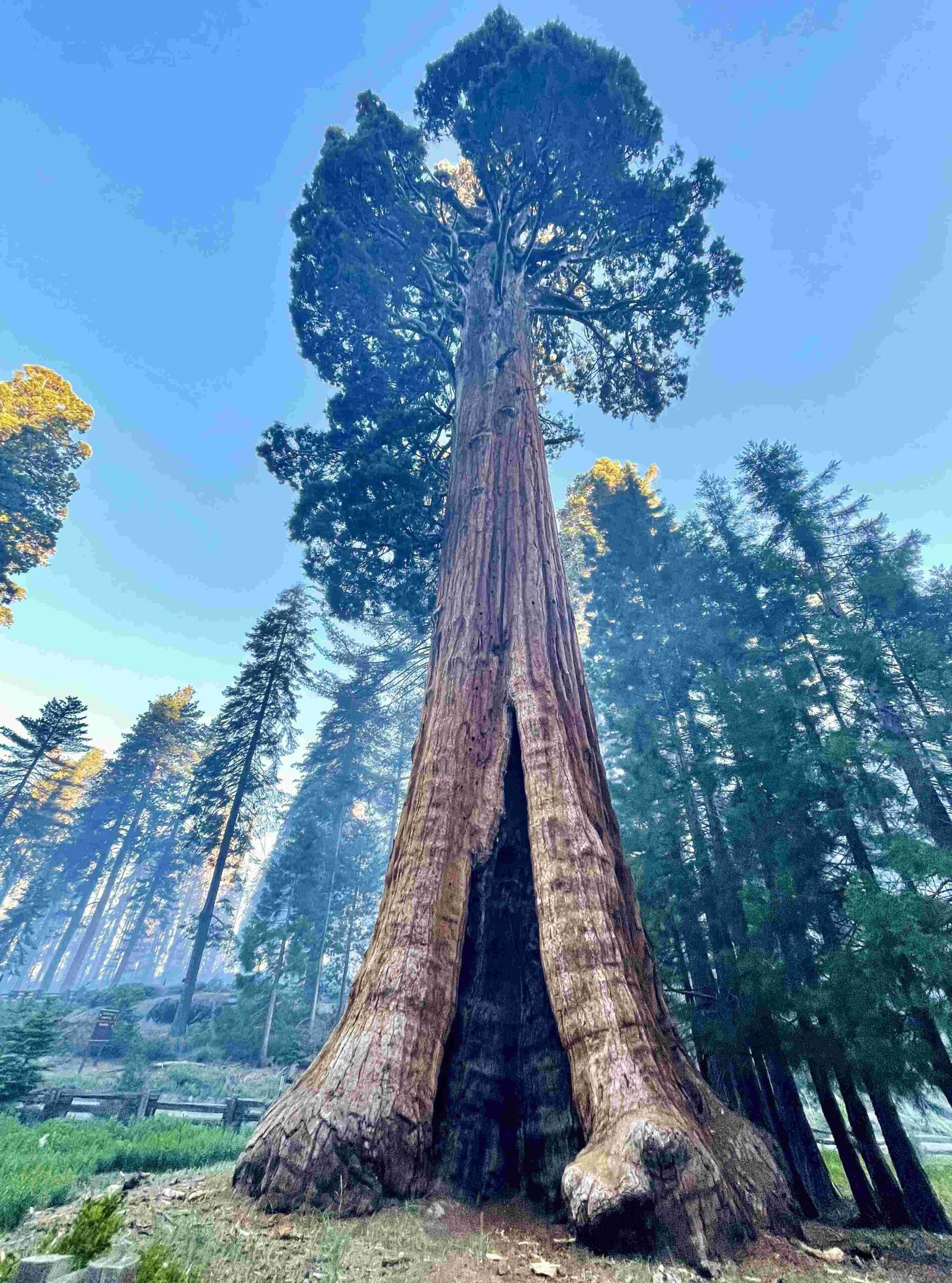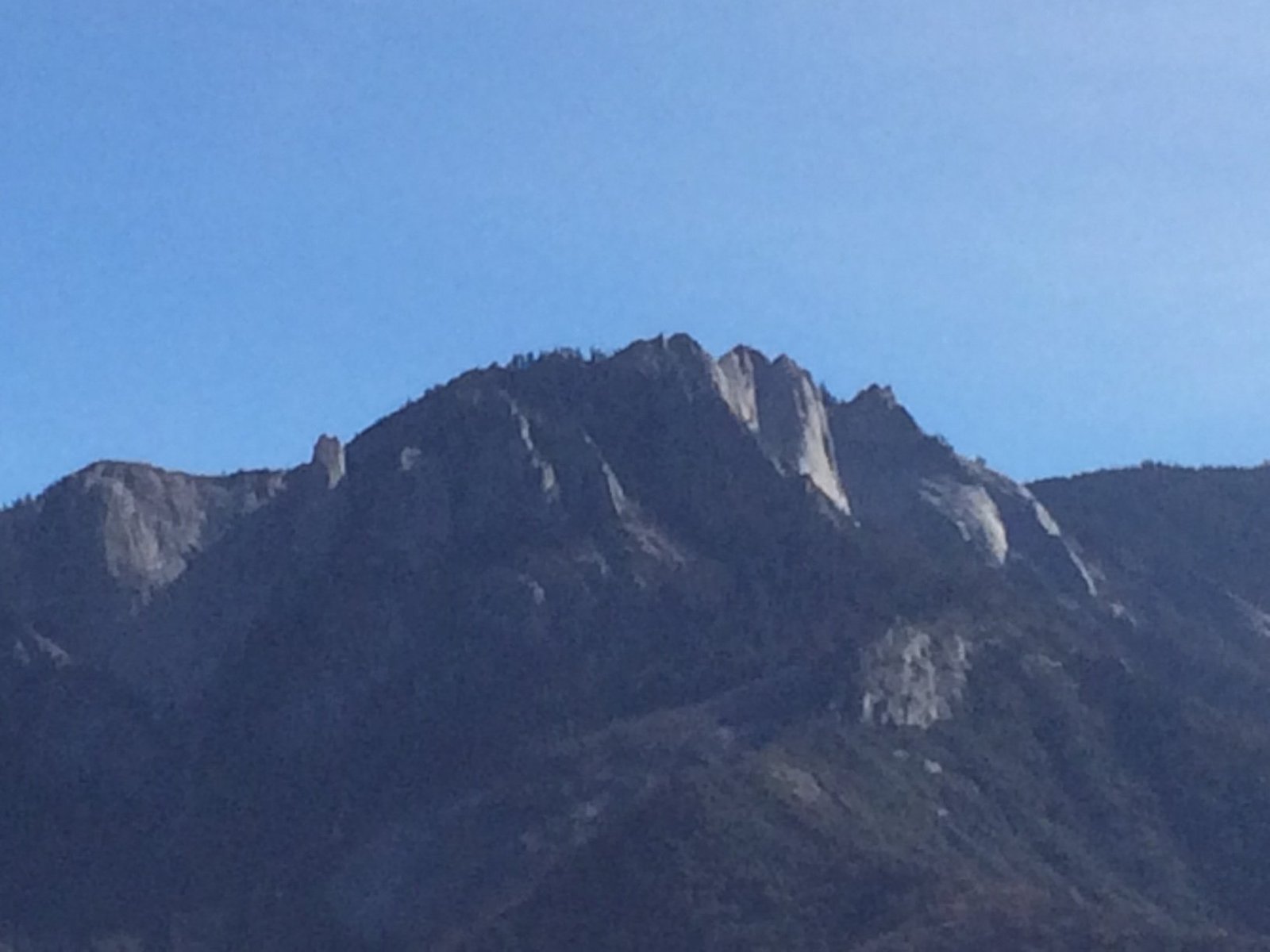Sequoia National Park’s steep roads are renowned for their dramatic elevation changes, hairpin turns, and breathtaking vistas. The park’s main thoroughfare, Generals Highway, features a 3,600-foot elevation gain over just 10.5 miles, with numerous switchbacks and curves. These steep roads present unique challenges and opportunities for visitors, requiring careful navigation and preparation. From vehicle restrictions to safety guidelines, understanding the intricacies of these mountain roads is crucial for a safe and enjoyable park experience.
What Are the Specific Grades and Lengths of Steep Roads in Sequoia National Park?

Sequoia National Park’s road system is characterized by significant elevation changes and steep grades. Here are some of the most notable:
- Generals Highway:
- Elevation gain: 3,600 feet
- Distance: 10.5 miles (between Hospital Rock and Giant Forest)
- Average grade: Approximately 6.5%
-
Features: 200 curves and 23 major switchbacks
-
Middle Fork Road Alignment:
- Grade: Sustained 8% downhill
-
Location: Below 5,000-foot elevation on Generals Highway’s southern descent
-
Crystal Cave Road:
- Status: Currently closed (as of 2024)
-
Known for its steep and winding nature
-
Mineral King Road:
- Characteristics: Extremely narrow and winding
-
Advisory: Caution recommended for longer vehicles
-
Panoramic Point Road:
- Similar to Mineral King Road in its challenging nature
- Advisory: Not recommended for large vehicles or RVs
How Do Current Road Conditions and Weather Affect Travel?

Road conditions in Sequoia National Park can vary significantly based on weather and seasonal changes:
| Season | Typical Conditions | Potential Impacts |
|---|---|---|
| Winter | Snow at higher elevations | Road closures, chain requirements |
| Spring | Melting snow, potential mudslides | Temporary closures, slippery conditions |
| Summer | Generally clear, but busy | Increased traffic, potential for overheated vehicles |
| Fall | Variable, early snow possible | Sudden weather changes, prepare for winter conditions |
Key points to remember:
- Weather-related closures: Higher elevations, such as Wolverton, may experience snow-related closures.
- Seasonal road openings: Some roads, like Mineral King Road, are typically closed in winter and reopen in late spring.
- Real-time updates: Check the park’s official website or visitor centers for the most current road condition information.
What Vehicle Restrictions Are in Place for Sequoia National Park’s Steep Roads?
To ensure safety on the park’s challenging roads, several vehicle restrictions are in place:
- Length Limits:
- Generals Highway (park entrance to Giant Forest): Challenging for vehicles over 22 feet
-
Specific length advisories vary by road section
-
Vehicle Types:
- RVs and trailers: Extra caution advised, some roads not recommended
-
Oversized vehicles: May be prohibited on certain narrow or winding roads
-
Weight Restrictions:
- No specific weight limits posted
-
Drivers responsible for assessing their vehicle’s suitability for road conditions
-
Permits:
- No special permits required for larger vehicles
- Drivers held accountable for any hazards caused by their vehicle
What Safety Measures and Guidelines Should Drivers Follow on Steep Roads?
Navigating Sequoia National Park’s steep roads requires adherence to specific safety guidelines:
- Downshifting Technique:
- Use lower gears (2, 1, or L) when descending steep grades
-
Purpose: Prevent brake overheating and maintain control
-
Use of Turnouts:
- Pull into paved turnouts if driving slowly or stopping for views
-
Allows faster traffic to pass safely
-
Wildlife Awareness:
- Drive cautiously, especially in the Foothills area
-
Be prepared for sudden animal crossings
-
Speed Management:
- Adhere to posted speed limits
-
Further reduce speed on curves and during adverse conditions
-
Parking Regulations:
- Use designated parking areas only
-
Avoid blocking traffic or creating hazards
-
Vehicle Preparation:
- Ensure brakes are in good condition before the trip
-
Check coolant levels to prevent overheating on long climbs
-
Emergency Preparedness:
- Carry extra water and snacks
-
Have a basic tool kit and spare tire
-
Communication:
- Be aware of areas with limited cell service
- Inform others of your travel plans
How Can Visitors Prepare for Driving on Sequoia National Park’s Steep Roads?
Preparation is key to a safe and enjoyable experience on Sequoia’s challenging roads:
- Vehicle Inspection:
- Brakes: Ensure they’re in excellent condition
- Tires: Check pressure and tread depth
-
Coolant: Verify proper levels to prevent overheating
-
Route Planning:
- Study park maps in advance
-
Note locations of visitor centers and emergency services
-
Timing Considerations:
- Plan for slower travel times due to road conditions
-
Consider visiting during off-peak hours to avoid heavy traffic
-
Weather Monitoring:
- Check weather forecasts before and during your visit
-
Be prepared for sudden changes, especially at higher elevations
-
Essential Supplies:
- Water and snacks
- Warm clothing (even in summer)
- First-aid kit
-
Flashlight and extra batteries
-
Fuel Management:
- Fill up before entering the park
-
Be aware of the limited fuel options within the park
-
Technology Limitations:
- Download offline maps
- Don’t rely solely on GPS, which can be unreliable in the park
By following these guidelines and preparing adequately, visitors can safely navigate the steep roads of Sequoia National Park while enjoying the magnificent scenery and natural wonders the park has to offer.
